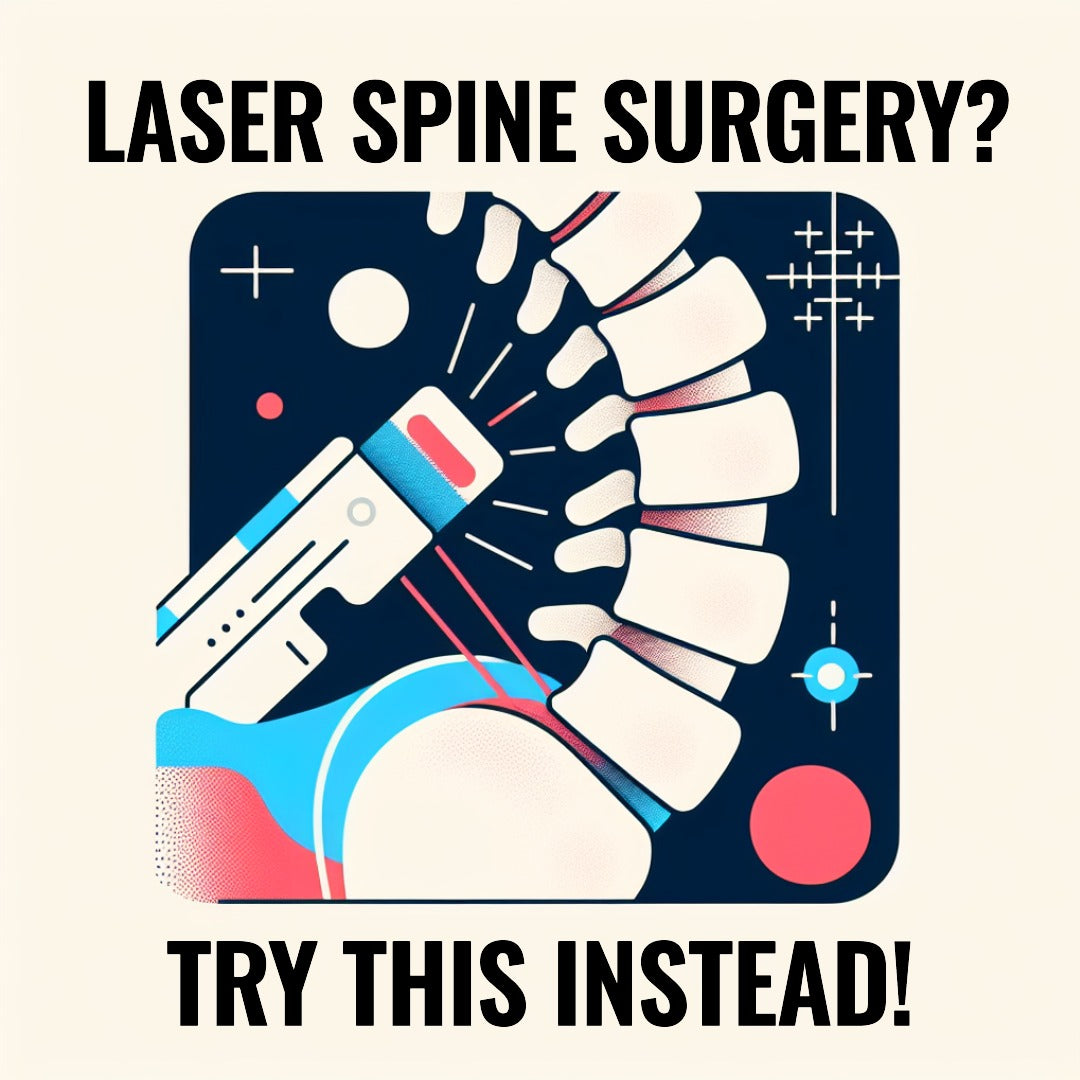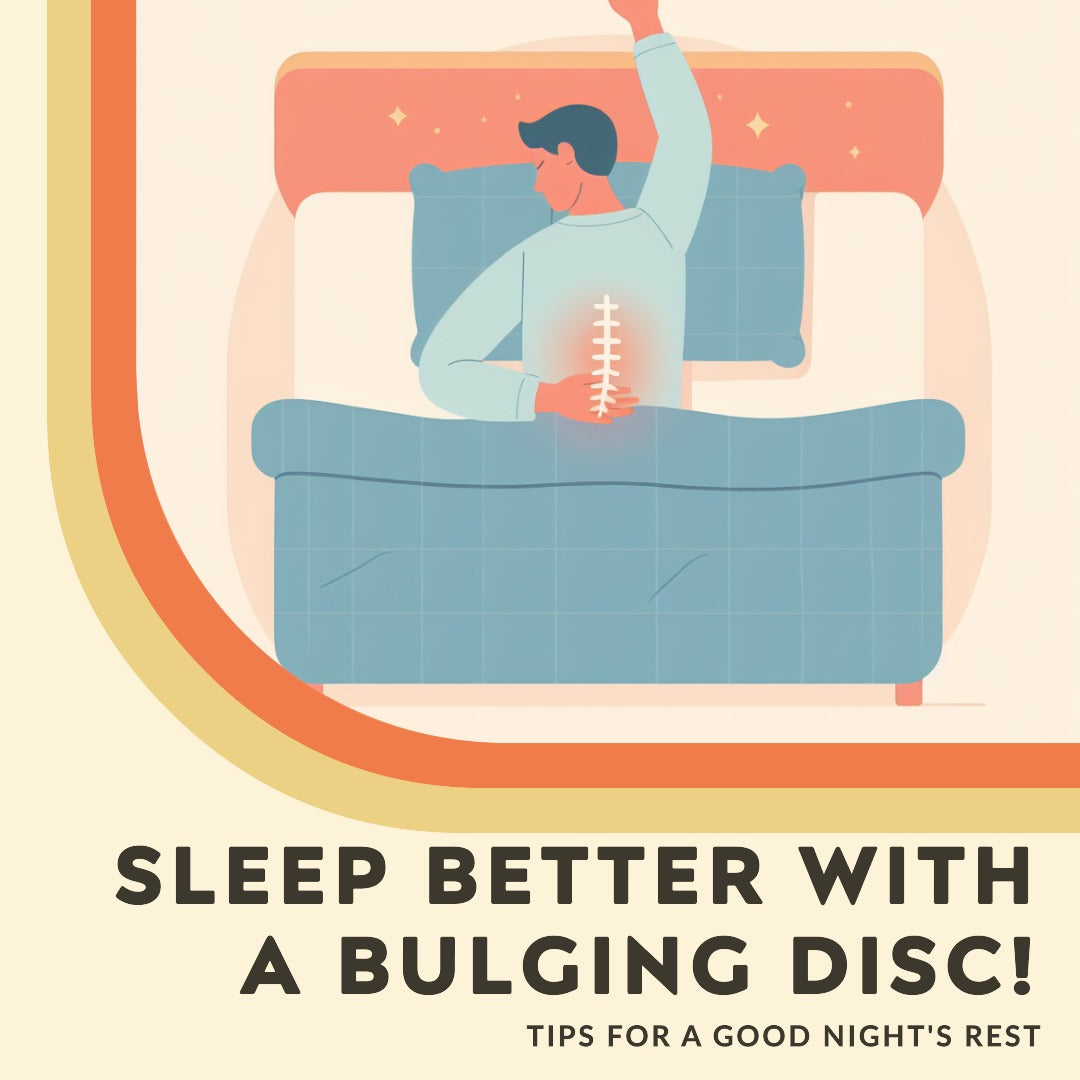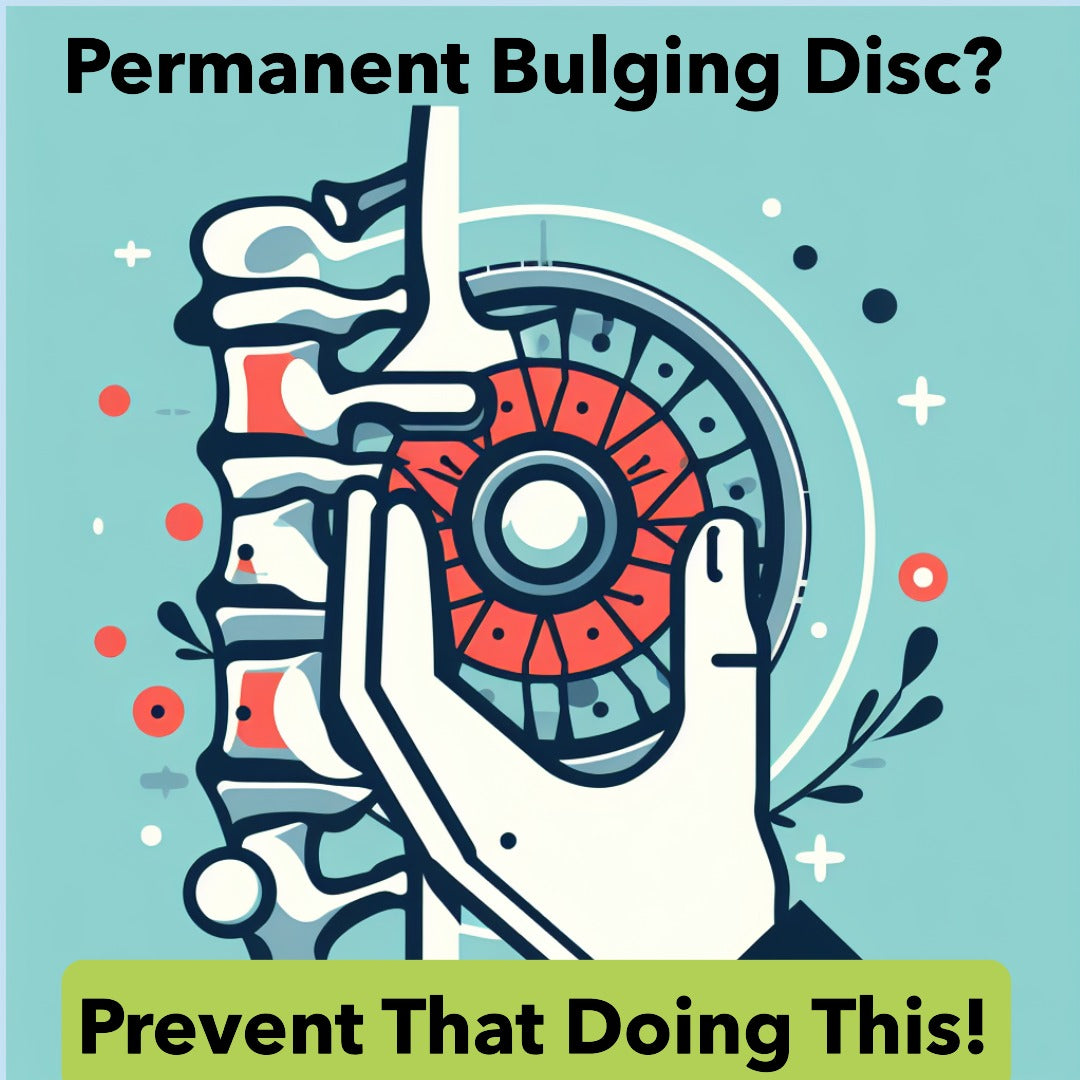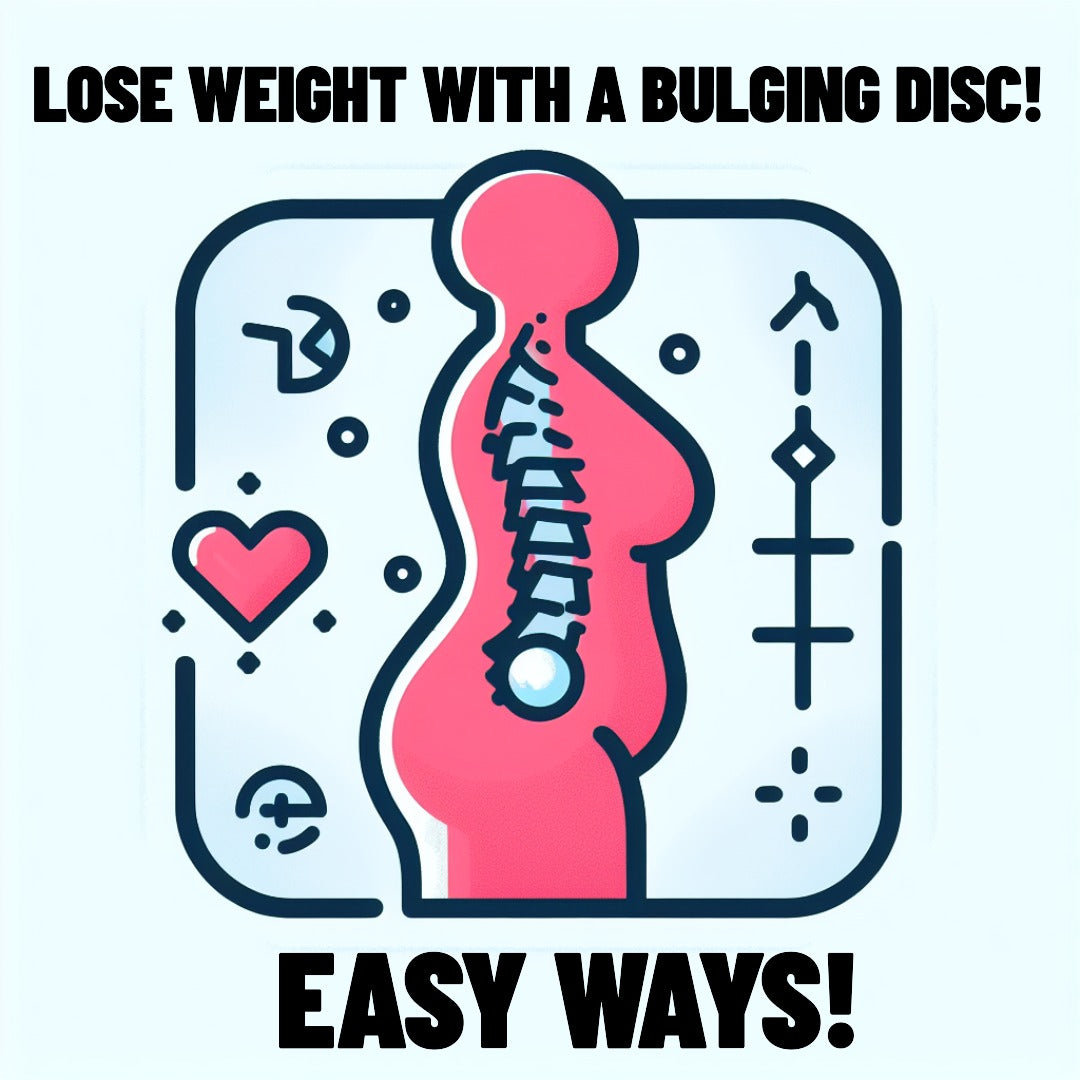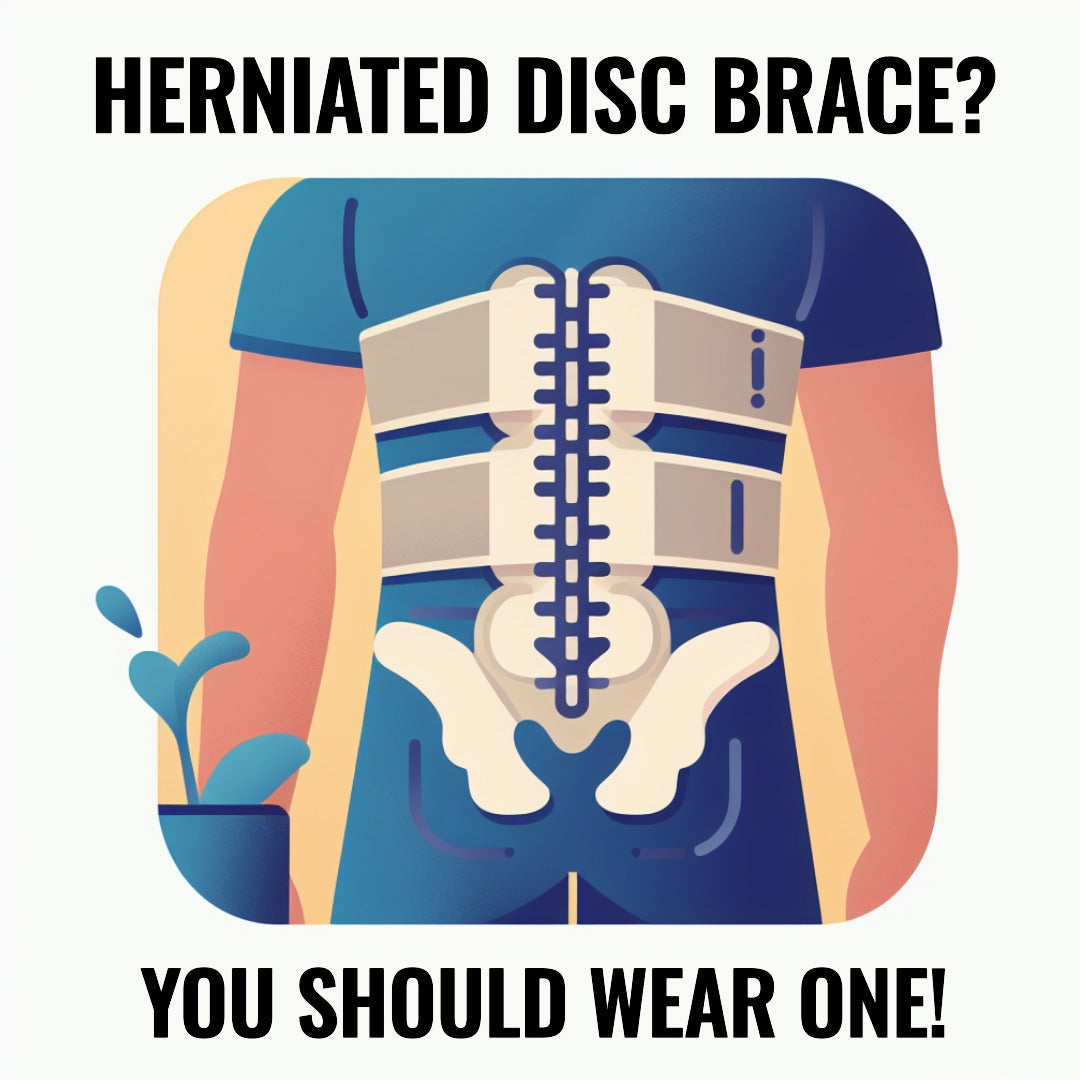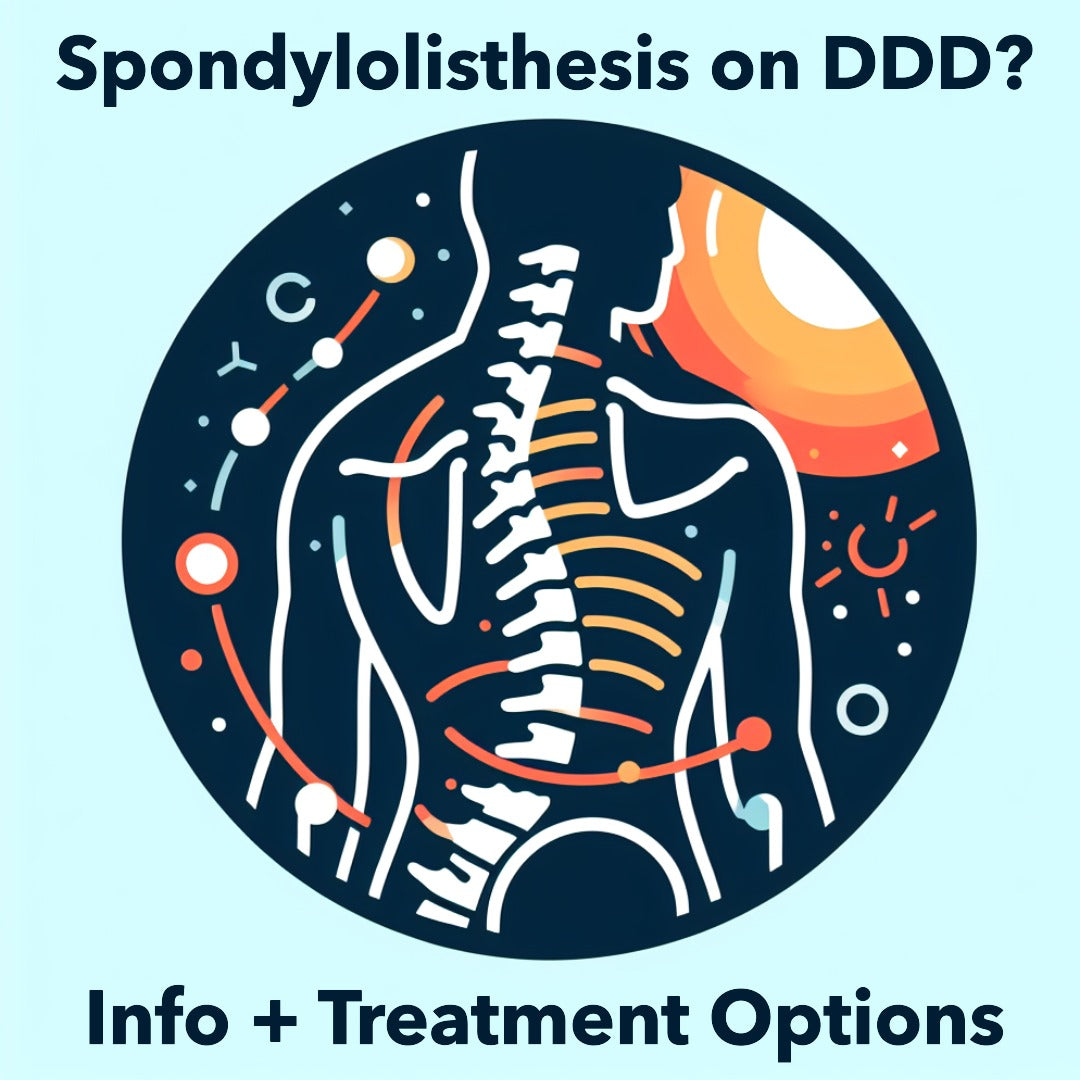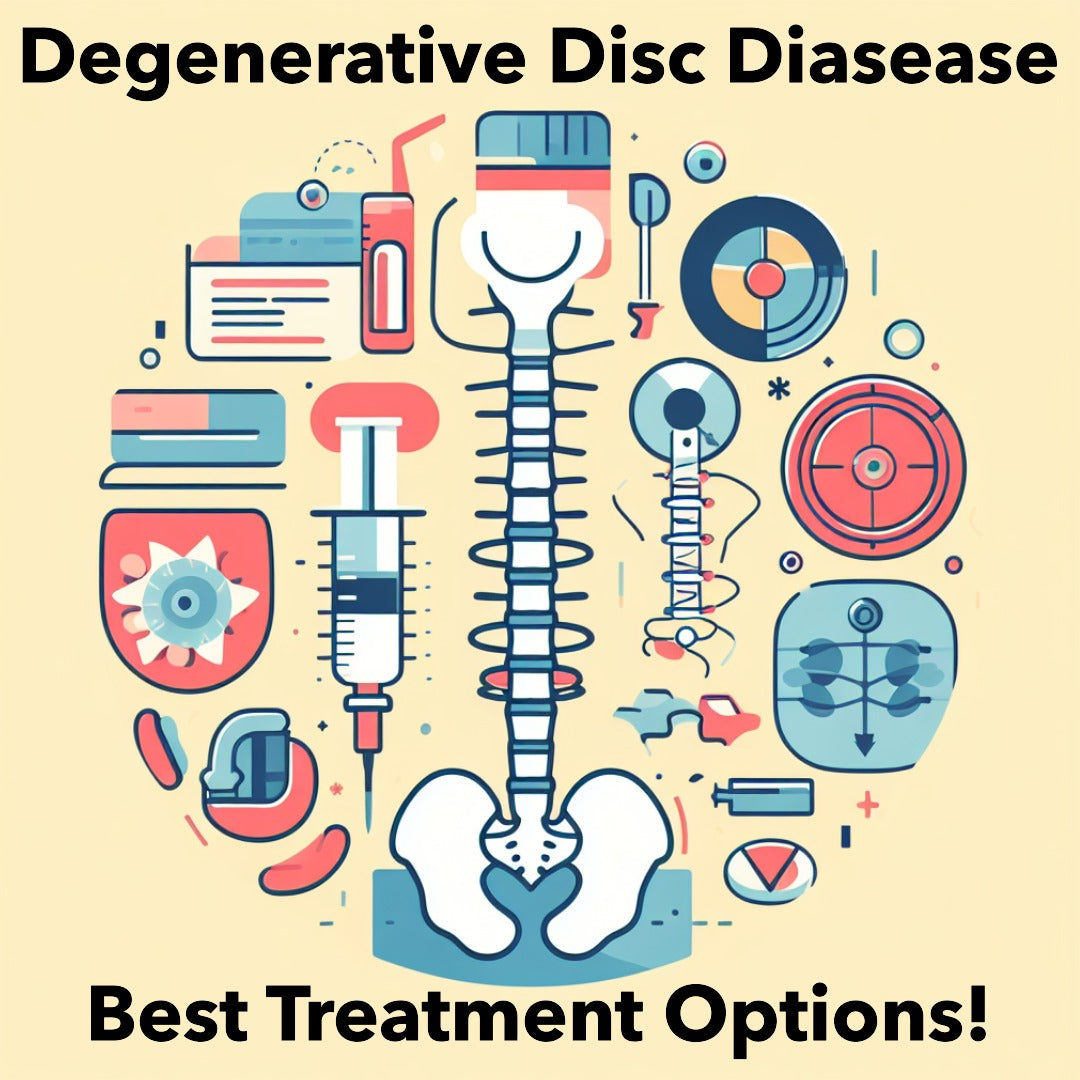
Can Bulging Discs in the Lower Back Be Reversed? How To Do That!
What You'll Find in This Article
| Section | What It's About |
|---|---|
| Can Bulging Discs in the Lower Back Get Better? | Answers the big question about whether bulging discs in the lower back can get better. |
| What's a Bulging Disc and Why Does It Happen? | Explains what a bulging disc is, how it can cause problems, and what might make it happen. |
| How to Help a Bulging Disc with Exercises and Special Methods | Talks about exercises and special methods that might help if you have a bulging disc. |
| Treatments for Bulging Discs That Don't Involve Surgery | Discusses treatments that don't involve surgery that can help with bulging discs, including a special belt and a special kind of light. |
| Why You Shouldn't Wait to Treat Bulging Discs | Talks about why it's important to get treatment for bulging discs as soon as you can. |
Can Bulging Discs in the Lower Back Get Better?
The good news is, yes, bulging discs in the lower back can get better! There are lots of different ways to treat them, and what works best will depend on how bad the condition is. These treatments include things like physical therapy, exercises, treatments that don't involve surgery (like decompression therapy and using a decompression belt), and even surgery for really bad cases. But remember, while these treatments can help manage the symptoms and maybe even reverse the condition, they should always be used under the watchful eye of a doctor.
What's a Bulging Disc and Why Does It Happen?
Think of your back like a stack of pancakes. Between each pancake, there's a jelly donut (this is your disc). Sometimes, the jelly in the donut can start to push out. This is what we call a "bulging disc". Most of the time, this happens at the bottom of your back.
How Does It Feel?
Not everyone will feel pain right away when they have a bulging disc. But if the disc starts to get worse, you might feel things like:
- Back pain that gets worse when you move
- Muscle spasms in your back
- Weakness and numbness in your legs and feet
- Trouble moving your legs, knees, and ankles
- Trouble controlling your bladder and bowels
- Trouble walking
- Sciatica (pain that travels down one leg)
- Trouble coordinating your movements
Why Do Discs Bulge?
There are lots of reasons why a disc might start to bulge. One of the most common reasons is getting older. As we age, our discs can lose water, become less stretchy, and become more prone to damage. Other things that can cause a disc to bulge include injuries to the spine from accidents, poor posture, or lifting heavy things incorrectly. Being overweight can also put extra pressure on the discs in your back and neck, which can cause them to bulge.
How to Help a Bulging Disc with Exercises and Special Methods
If you have a bulging disc in your lower back, certain exercises might help you feel better. These exercises are designed to reduce pain, make your lower back longer, and improve your overall fitness.
Exercises That Can Help
Some exercises that might help include:
- Spinal decompression (an exercise that makes your spine longer)
- Cobra stretch (a yoga pose that stretches your lower back)
- Prone press-up (an exercise where you press up from lying on your stomach)
- Pilates (a type of exercise that focuses on core strength)
- Yoga (a type of exercise that focuses on flexibility and balance)
- Walking
- Swimming
- Cycling
An extension-based exercise program can reverse the direction of the bulge and push the fluid back into alignment. It's important to perform these movements gently and controlled to avoid further injury.
The McKenzie Method
The McKenzie Method is a special way of treating bulging discs that involves stretching and making your spine longer. The goal is to move the bones and discs in your spine back into their proper places.
To do this method, try lying down on your stomach and propping yourself up on your forearms so that your shoulders are above your elbows. Hold this position for 2 to 3 minutes, then lower yourself down again. You can repeat this up to eight times a day.
Treatments for Bulging Discs That Don't Involve Surgery
There are also some treatments that can help with bulging discs that don't involve surgery.
Decompressing Your Spine
Decompression therapy is one way to treat bulging or herniated discs in your back or neck. This therapy involves gently stretching your spine to create a kind of "negative pressure" that allows the discs to return to their original position and function.
It can also help the discs get more water, improve symptoms, stabilize the spine, and relax the nerves. Decompression therapy can be combined with physical therapy for even better results.
Decompression Belt: A Non-Surgical Treatment
A decompression belt is a special device that can provide traction (a gentle pulling force) and decompression (a kind of negative pressure) to your spine.
This can help push the bulging material back into the discs. The belt is great for people with degenerative (worn-out), herniated (ruptured), or bulging discs.
One such product is available at Treatopedia. This decompression belt is designed to relieve tension and stiffness in your lower back and pain related to conditions such as bulging or herniated discs. By decompressing (making longer) the discs in your spine, it relieves pressure off pinched nerves and allows worn-out discs to heal.
Are There Any Risks With Decompression Belts?
While decompression belts are generally safe to use, it's always a good idea to talk to your doctor before starting any new treatment.
Infrared Therapy for Bulging Disc
Infrared light therapy is a special kind of light that can help relieve pain from a herniated disc without needing to take any medicine. This light can go deep into your tissues and activate major functions in your body. Red light helps repair muscles and connective tissues by increasing and regulating collagen production (collagen is a protein that helps give structure to our skin, bones, muscles, and other tissues). However, infrared light won't make it down to the disc because the bone blocks it.
Why You Shouldn't Wait to Treat Bulging Discs
It's really important to get treatment for bulging discs as soon as possible because if you wait too long, you could end up with more serious problems like chronic (long-term) pain, loss of mobility (being able to move around), or even permanent nerve damage (damage to the nerves that send signals between your brain and body). Remember that while treatments like decompression belts can help with symptoms (signs that you're sick), they should be used as part of a complete treatment plan under medical supervision (with a doctor's guidance).


 Dr. Allan McManus,
Dr. Allan McManus,